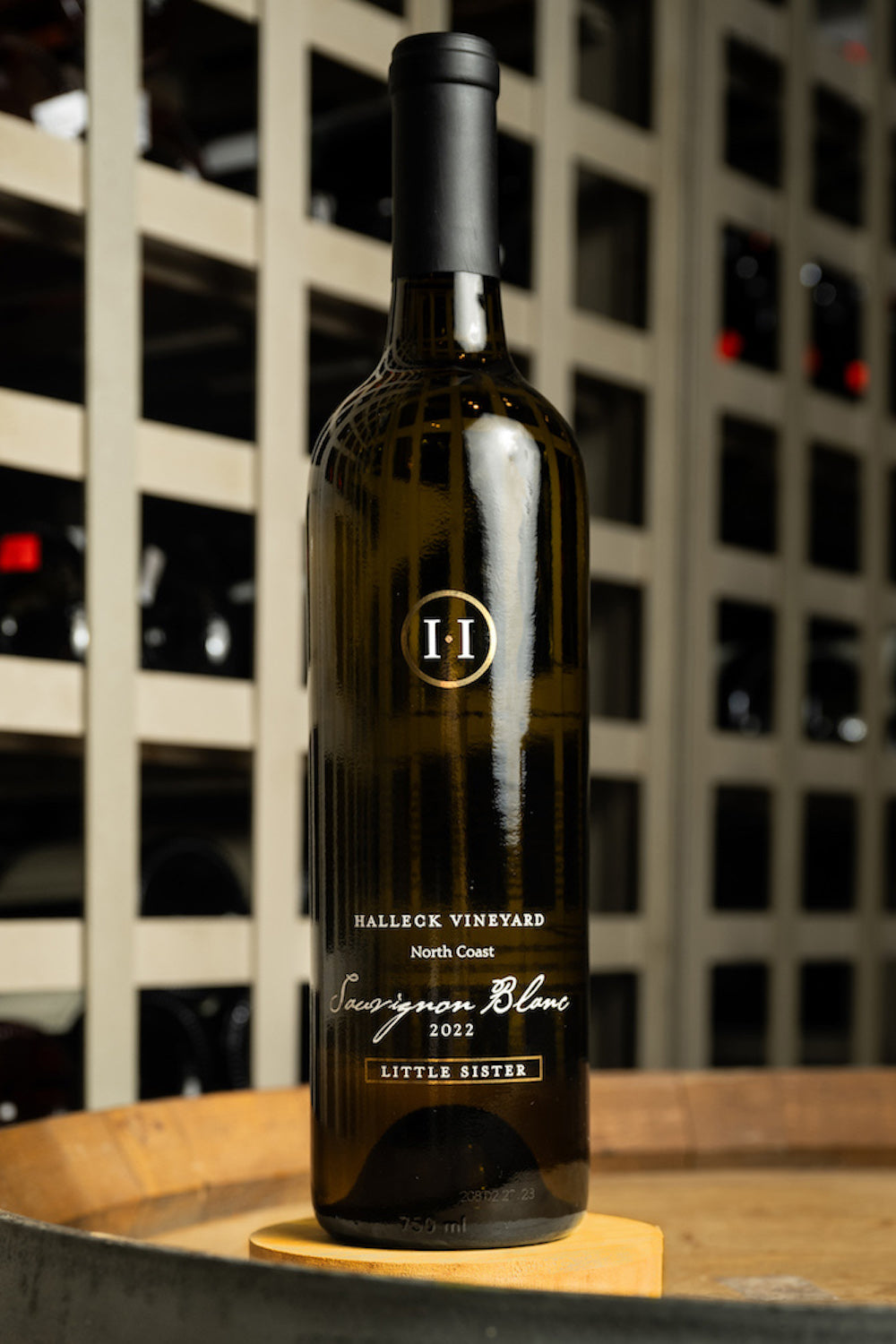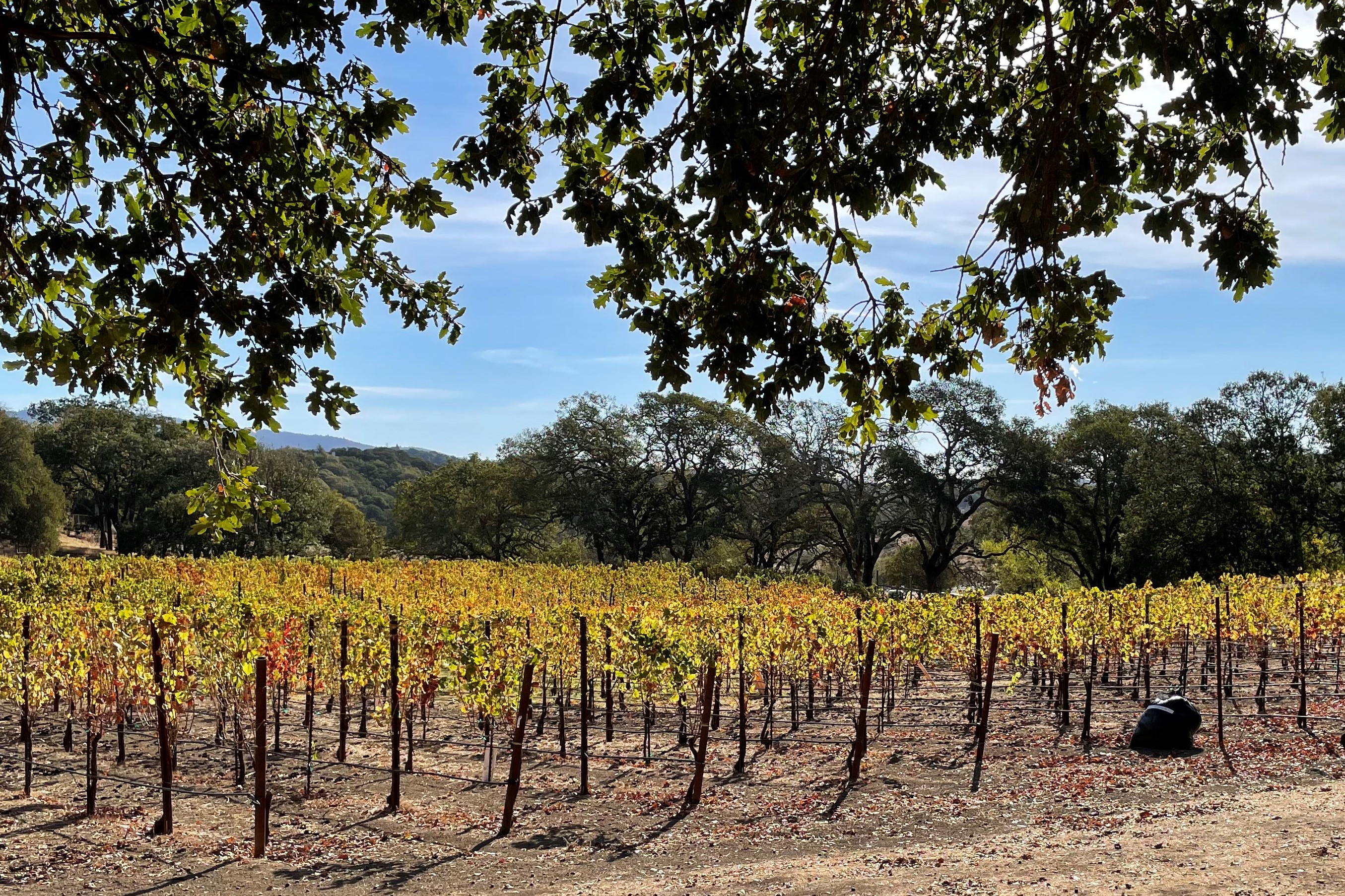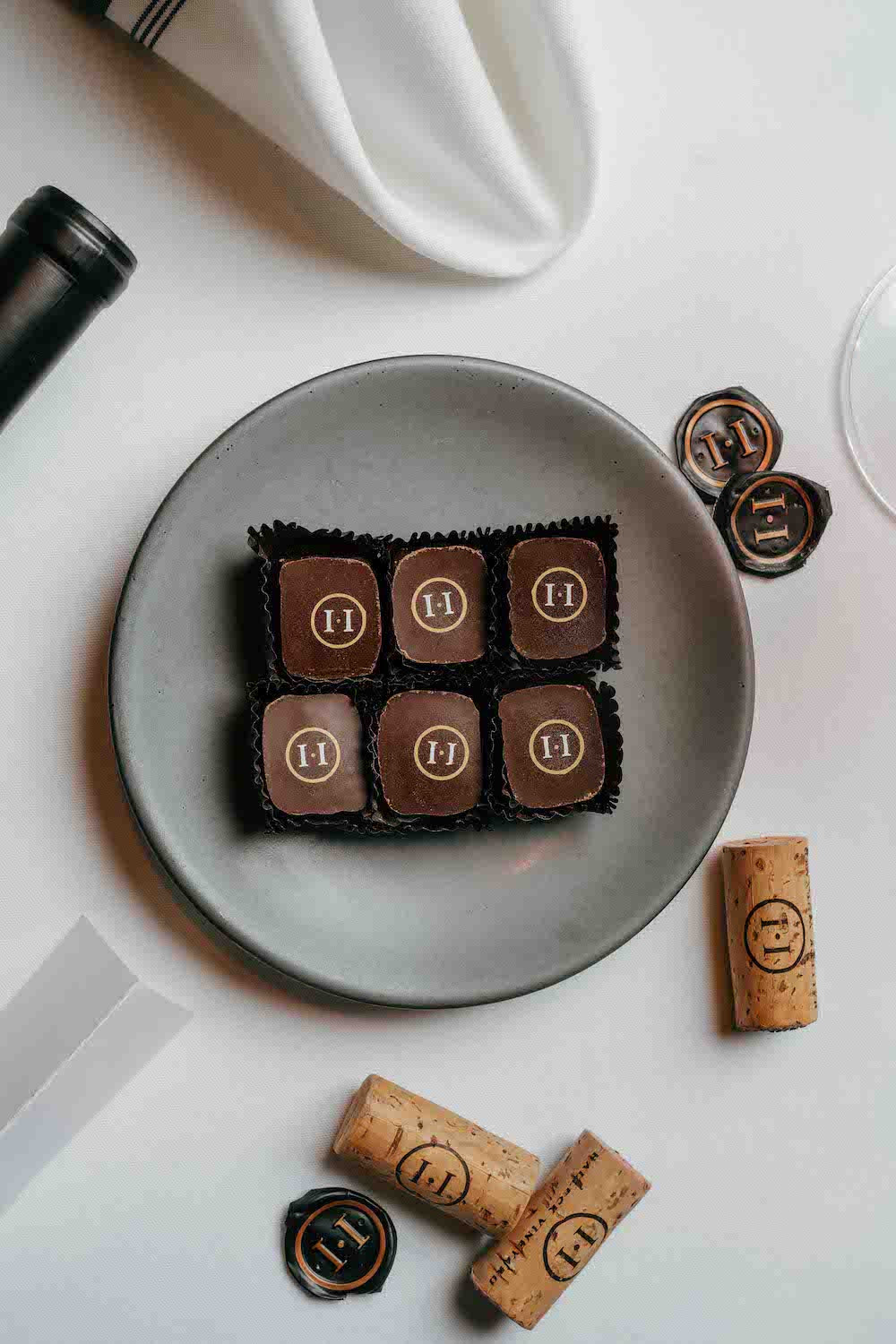Wineries Featuring Seasonal Wine Events In Sonoma - Discovering Sebastopol's Wineries
Wine Tasting Trails In Sonoma Valley - Vineyard Tasting Events In Sonoma County
Wine tasting is an art that mixes sensory experience with an appreciation for the nuances of different varietals. How to gauge flavors in winery wine tasting sessions is pivotal to greedy the complexities of wine.
Participating in a wine tasting includes greater than simply sipping and savoring. It requires a centered approach to determine aromas and flavors that every wine presents. As you begin, observe the wine's appearance, noting its color and clarity. These visual cues typically suggest a wine’s age, grape selection, and even potential flavor profiles.
The subsequent step within the tasting course of is to swirl the wine in your glass. This action releases fragrant compounds which are very important for evaluation. Lean in and take a second to inhale deeply; the aromas can range from floral and fruity to spicy and earthy. The nostril of the wine is simply as necessary because the palate, and recognizing scents plays a significant function in understanding the overall experience.
When taking your first sip, allow the wine to maneuver across your palate - Best Wineries For Wine Tasting In Sonoma. Notice the preliminary flavors that present themselves. Is the wine fruity, floral, or perhaps herbaceous? This initial taste gives insight into what the wine is more probably to express as you proceed to judge it. The mouthfeel additionally contributes to the general flavor experience; it can be silky, tannic, or even effervescent.
Wineries Offering Virtual Wine Tastings - Sonoma’s Lush Vineyard Landscapes
As you continue tasting, take note of the wine’s stability. A well-balanced wine will harmonize acidity, sweetness, and tannins. If one element overwhelms the others, it'd point out a less desirable high quality. Evaluating steadiness can help you identify how nicely the wine may pair with food.
Transitioning to the finish, contemplate how the flavors evolve as the wine lingers on your palate. A lengthy, pleasant end can point out a high-quality wine, whereas a short or abrupt finish would possibly counsel otherwise. Mirror on whether the flavors remain consistent or if new notes emerge as the wine settles. This progression can reveal complexities and intricacies that might not have been apparent in the initial tasting.
Temperature can additionally be a vital think about evaluating wine flavors. Completely Different forms of wine are optimally loved at particular temperatures. White wines usually shine when chilled, whereas red wines generally carry out best at room temperature. When tasting, ensure the wine is on the acceptable temperature to totally recognize its character.
Breathtaking Views From Sonoma Wineries - Wineries To Explore In Sonoma Valley
Pairing food with wine can significantly enhance the tasting experience. Meals can affect the perception of flavors in wine, either highlighting sure characteristics or diminishing them. When evaluating flavors, contemplate how the wine interacts with completely different foods, noticing which flavors are amplified or muted (Wineries Promoting Sustainable Farming).

Consider the affect of terroir as you have interaction in a winery tasting. Terroir encompasses the distinctive environmental components that affect grape rising, together with soil composition, local weather, and geography. Understanding a wine's terroir can present insight into its flavors and aromas, fostering a deeper appreciation for the choices made throughout its cultivation and manufacturing.
Training plays a fundamental role in enhancing one's capacity to gauge wine flavors. Learning about grape varieties, Click This Link wine regions, and manufacturing strategies can pave the way for extra knowledgeable judgments throughout tastings. Moreover, attending workshops or classes can refine sensory skills and expand your flavor vocabulary, enabling you to articulate tasting notes extra effectively.
Lastly, it is essential to do not overlook that evaluating wine flavors is a extremely personal experience. Particular Person preferences and perceptions will invariably shape one’s tasting journey. Enjoyment ought to be on the forefront, with the evaluation process acting as a software to boost understanding and appreciation somewhat than create inflexible pointers.
Wineries Ideal For Romantic Getaways - The Charm Of Sonoma Wineries
In conclusion, mastering how to evaluate flavors in winery wine tasting periods includes a mix of sensory engagement, data, and practice. By studying to establish aromas, assess the balance, and respect the intricacies of flavor, wine enthusiasts can deepen their connection to every bottle they encounter. As with any art kind, the more one immerses themselves in the experience, the extra they may discover and enjoy the huge world of wine.
- Start by observing the wine's shade and clarity, as these visible components can trace at its flavor profile and aging potential.
- Swirl the wine gently in your glass; this releases fragrant compounds, permitting you to higher determine the advanced scents related to the wine.
- Take a deep inhale earlier than tasting, specializing in both major and secondary aromas to collect insights on fruits, spices, and different nuances.
- When tasting, enable the wine to coat your palate; note the initial flavors, the mid-palate complexity, and the end as these levels can provide different flavor highlights.
- Pay attention to texture and mouthfeel, as features similar to tannin ranges, acidity, and sweetness contribute significantly to the general tasting experience.
- Examine flavors against standard wine characteristics; for pink wines, think about berry notes, oak influence, and herbal tones, whereas whites could embrace citrus, stone fruits, and floral hints.
- Take notes during the tasting session to trace your impressions, serving to you to remember and evaluate the completely different wines sampled.
- Talk About your findings with fellow tasters or winery staff, as sharing insights can improve understanding and appreciation of individual flavors.
- Allow time for the wine to breathe; typically, flavors evolve and reveal new dimensions after being exposed to air.
- Experiment with food pairings during the tasting as they can dramatically alter how flavors are perceived, influencing overall enjoyment.undefinedWhat should I look for when evaluating the aroma of wine throughout a tasting?
Start by swirling the wine in your glass to launch its aromas. Bring the glass to your nostril and take a deep breath. Pay consideration to the primary scents you detect, as these are often probably the most outstanding. Look for fruit, floral, herbal, or earthy notes and try to determine specific traits, which will deepen your understanding of the wine's complexity.
Family-Oriented Wine Tasting Venues In Sebastopol - Sebastopol Wine Tours And Vineyards

How can I distinguish between completely different flavor profiles in wine?
Perceive that flavor profiles are sometimes categorized as fruit, floral, herbaceous, spicy, or mineral. Take small sips and permit the wine to coat your palate. Notice the primary flavors that emerge first More Bonuses and the delicate notes that observe. This layering is important in distinguishing the wine's characteristics and will allow you to respect its unique profile.
Quaint Wineries In Picturesque Settings In Sebastopol - Wineries For Casual Tastings In Sonoma
What is the significance of the wine's texture in a tasting?

The texture of the wine, also referred to as mouthfeel, plays a vital function in how we perceive flavors. Pay consideration as to whether the wine feels clean, creamy, or gritty. The body of the wine (light, medium, or full) can enhance or contrast with flavors, offering a extra rounded experience during tasting.
How do I assess the stability of flavors in wine?
Stability in wine refers to the harmony between acidity, sweetness, tannin, and alcohol. Take a second to assess whether or not these components complement or interfere with each other. A well-balanced wine will have none of its components overpowering the others, creating a pleasing tasting experience.
Wineries Focusing On Single Vineyard Wines - Top-Rated Wineries In Sebastopol
What function does temperature play in evaluating wine flavors?
Temperature can considerably influence the notion of flavors. Typically, red wines are finest served barely beneath room temperature, whereas white wines benefit from being chilled. As the temperature modifications, the aromas and flavors can shift, permitting you to perceive different characteristics. It’s essential to taste wine at its optimal temperature for true analysis.
Wine Tasting Trails In Sonoma Valley - Best Wine Tasting Spots In Sonoma County
How can I improve my tasting skills over time?
Practice is essential to improving your tasting skills. Wineries With Outdoor Seating. Attend tastings, keep a journal of your experiences, and explore different varieties of wines to broaden your palate. Additionally, learning about wine production and grape varieties can present context that enhances your evaluation process, making you a more knowledgeable taster.
Is there a particular order by which I should taste the wines?
Best Wineries For Wine Tasting In Sonoma - Best Wineries In Sonoma For A Wine Experience
Sure, it’s advisable to style wines from light to full-bodied and dry to candy. This progression prevents the stronger flavors from overshadowing the extra delicate ones, allowing you to fully recognize each wine's characteristics and nuances with out palate fatigue.
How can I evaluate the aftertaste of wine?
Unique Wine Blending Experiences In Sonoma - Winery In The Sonoma Wine Region
The aftertaste, or finish, is a vital facet of the wine-tasting experience. After swallowing, take note of how lengthy the flavors linger in your palate and whether or not they change. A long, nice finish is commonly an indicator of a high-quality wine, while a short or unpleasant end might counsel otherwise.
Why is it necessary to notice the wine’s acidity during tasting?
Acidity contributes to the general freshness and structure of the wine. Pay consideration to the tingling sensation on your tongue; higher acidity can enhance the wine's liveliness and balance out sweetness. Noting acidity helps decide the wine's versatility with food and its getting older potential.
What should I do if I wrestle to determine particular flavors in wine?
Wineries Producing Pinot Noir And Chardonnay - Sebastopol's Best Wine Trails
Struggling to establish flavors is common, particularly for beginners. Focus on broader classes and describe what you'll have the ability to acknowledge, similar to sweet or earthy notes. With practice, reading about different flavor profiles, and maybe utilizing flavor wheels, you may refine your senses and develop a extra nuanced approach to tasting.